Lessons Learned From Decades of Advocating for Health and Physical Education
SHAPE America
FEBRUARY 13, 2024
Wisconsin State Education Convention attendees have come to look for both the WHPE booth and breakout sessions — and now understand that health and physical education is much more than “busy, active, happy”: there is curriculum structured around standards and assessments and delivered via best practices, which are student centered.




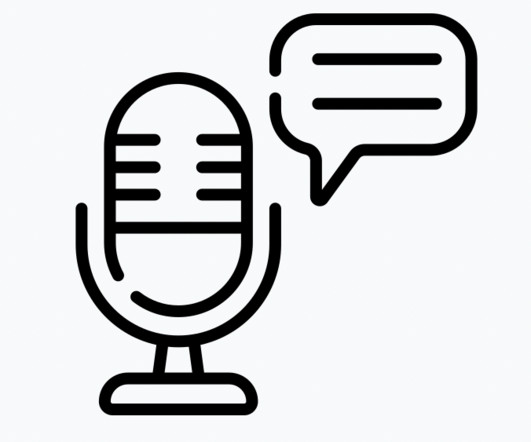
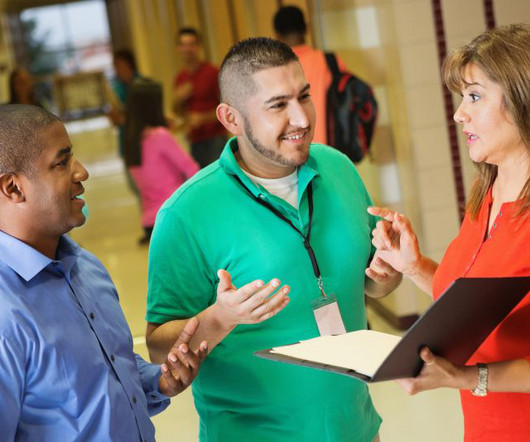
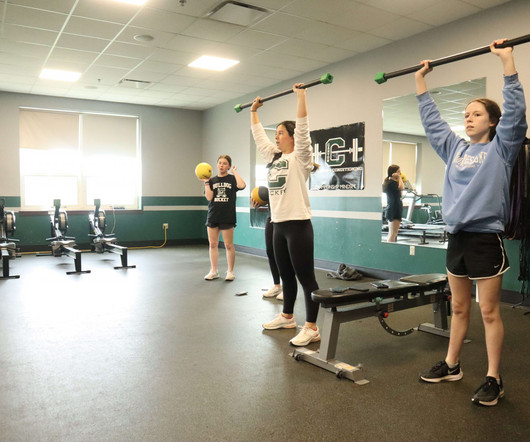

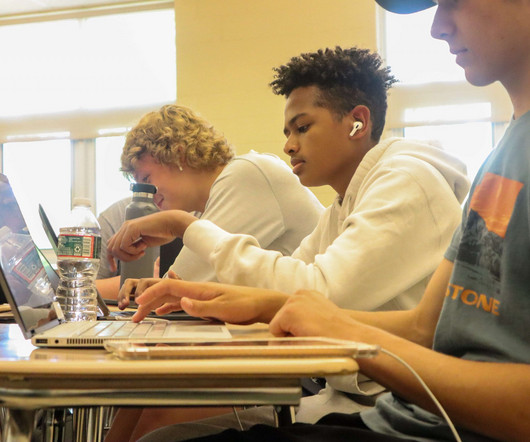
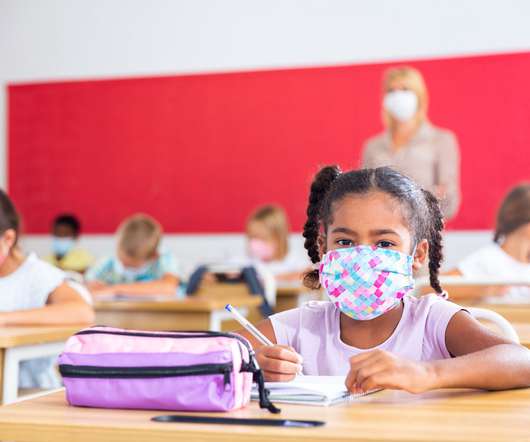








Let's personalize your content